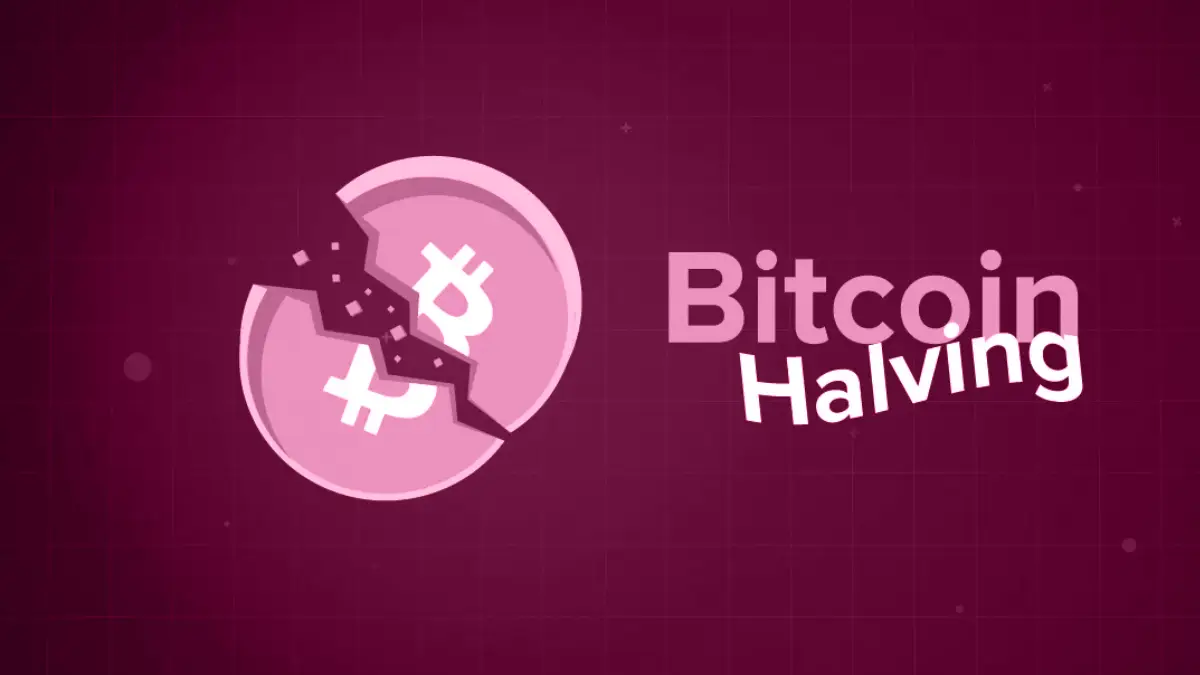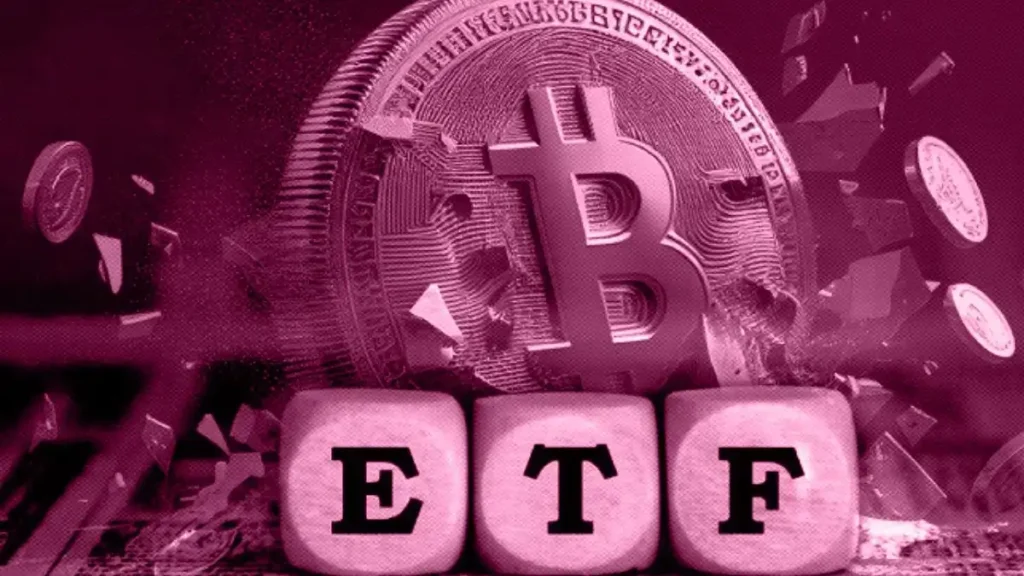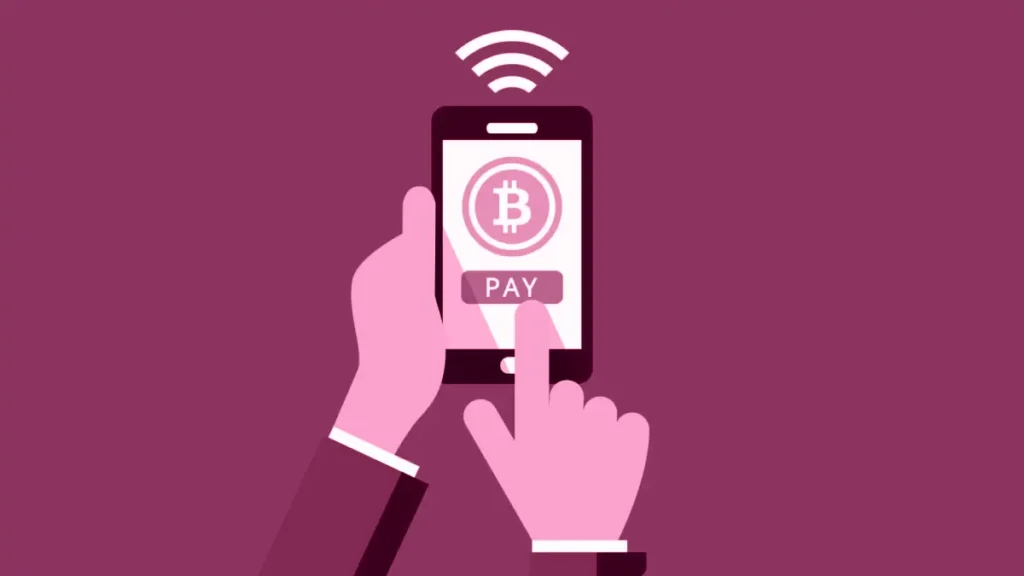In the dynamic world of cryptocurrency, the Bitcoin halving appears as an important event. Bitcoin, the first cryptocurrency ever created, has introduced a concept named the Bitcoin halving. This occurrence, which takes place around once every four years, is not merely a modification to the standard operating procedure. Rather, it is a defining moment for investors, enthusiasts, and the market as a whole. As we go deeper into the fundamentals of Bitcoin halving, it becomes increasingly important for anyone who wants to successfully navigate the waters of cryptocurrency to know its details. In this blog, we will understand what is Bitcoin Halving, how Bitcoin Halving works, and its impact on investors.
What Is Bitcoin Halving?
Firstly, Bitcoin is unique due to its finite supply. According to its underlying protocol, there can never be more than 21 million bitcoins in existence. This limit is unchangeable, setting Bitcoin apart from traditional fiat currencies, which governments and central banks can expand by printing more money, often leading to inflation.
The second key principle involves the halving mechanism. Roughly every four years, the system cuts the reward for mining Bitcoin transactions, known as the “block reward,” in half. This reduction means that miners, who play a crucial role in maintaining and securing the Bitcoin network, receive 50% less Bitcoin for their efforts. This event significantly influences the rate at which the market releases new Bitcoins.
Bitcoin Halving happens when miners see their rewards for mining Bitcoin transactions cut in half. This event unfolds roughly every four years or once miners have mined 210,000 blocks. A schedule that the cryptocurrency’s founders set to slowly reduce the influx of new Bitcoin into circulation.
The initial mining reward was set at 50 bitcoins. The reward has been halved on several occasions:
- On November 28, 2012, it was reduced to 25 bitcoins.
- On July 9, 2016, it dropped further to 12.5 bitcoins.
- The most recent halving on May 11, 2020, brought the reward down to 6.25 bitcoins. The upcoming halving, anticipated in April 2024, will see the mining reward decrease to 3.125 BTC.
As we approached March 2024, around 19.65 million bitcoins were already circulating. This leaves just about 1.35 million bitcoins yet to be mined and distributed as rewards, underlining the increasing scarcity of this digital asset.
How does Bitcoin halving work?
Before we understand how halving operates, it is essential to define Bitcoin mining clearly.
Bitcoin validates transaction information using a proof-of-work (PoW) system because the effort and time needed to decode the encrypted data serve as evidence of performed work. Within this framework, users join the Bitcoin network using computers or specialized mining devices, where they serve as validators and processors of transactions.
After recording all transactions in a block, miners seal it and send it to a mining queue, where they compete to be the first to solve the block’s cryptographic puzzle. They then validate the transactions within the block, start a new block, and receive payment for their efforts.
The process described above generates a set of blocks comprising data, which creates the blockchain.
Each halving event cuts the reward for these network contributors in half, which slows down the rate at which new bitcoins enter circulation. Miners have extracted over 19 million bitcoins as of March 2024, suggesting that an estimated 2 million bitcoins are still up for virtual “mining”.
How does Bitcoin Halving impact Bitcoin price?
Currently, no one knows how the next halving will affect the pricing of Bitcoin. Many commentators anticipate that, as the supply of new currencies becomes limited, the price will rise after the event, much like the last three halvings. Nevertheless, any price increase will be dependent upon the nature of bitcoin demand during the halving. Demand is far from certain to increase, much less stable, given the substantial growth of the market since its last halving in 2020. In the current landscape, numerous established cryptocurrencies compete for users’ attention.
For traders, bitcoin halvings are important events because they lower the number of new bitcoins that the network makes. This means that there aren’t as many new coins to go around, so if demand stays high, prices may go up. This happened in the months before and after previous halvings, which made the price of bitcoin rise quickly. However, different factors cause each halving, and the demand for bitcoin can change wildly.
Bitcoin Halving Effects
Bitcoin halving has several notable effects on both the Bitcoin ecosystem and the broader cryptocurrency market. These effects result from reducing the rate at which new bitcoins are generated and introduced into circulation.
Here are some key impacts of Bitcoin halving:
Tackling Inflation
The primary rationale for Bitcoin’s halving events is to mitigate inflation. Inflation reflects a decrease in purchasing power, where a unit of currency buys fewer goods and services over time. In countries like the U.S., the cost of a standard set of goods gauges inflation rates, with experts typically viewing a 2% annual increase as beneficial for economic health. However, central banks pursue this figure more as an ideal target than a consistently achievable outcome. Bitcoin Halving aims to curb potential inflation within its ecosystem by reducing mining rewards, thereby preserving the cryptocurrency’s scarcity. Nevertheless, this mechanism doesn’t shield Bitcoin users from the inflation of fiat currencies, into which Bitcoin often needs to be converted for general use. While investors might see their holdings’ market value as a buffer against inflation, this does not extend to Bitcoin’s functionality as a means of transaction.
Influencing Demand
The reduction in the supply of new Bitcoins is an immediate outcome of halving, and this generally increases demand. According to historical patterns, the price of Bitcoin has risen after every halving, indicating a surge in demand for the recently scarce cryptocurrency.
Impact on Investment
The creators did not design Bitcoin as an investment. Instead, they intended it as a new payment method free from regulation or oversight by third parties. Once people recognized the profit potential, it became a much more attractive investment. This attracted investors and boosted demand beyond what the creators may have expected. From an investor’s point of view, halving means that there are fewer new coins available, which could make the asset more valuable—as long as the effects of halving events stay the same. But this makes Bitcoin more of a risky investment that depends on its value going up in the future.
Mining Dynamics
Miners are the people, groups, or companies that focus on mining as a way to make money. Even though Bitcoin’s price changed a lot over the years, mining it still made a lot of money. If it didn’t, the big mining companies wouldn’t be in business. However, halving lowers the benefits of mining. This means that the work is less profitable after each halving, even if prices stay the same or go down. Running the large mines required to stay competitive demands a lot of money and energy. Maintaining the buildings and tools is necessary, and people must do this work. To maintain their position in the business, they also need to improve their mining capabilities.
People expecting the next halving and the need for increased hashing power to stay competitive while still having the cash to run their business may have caused the rise in production capacity and holdings. If the prize goes down, the chances for smaller miners go down as well. Even if prices go up, miners who are part of a mining group will probably get smaller rewards. The reward is being cut in half, but Bitcoin’s price probably won’t have to double for miners to keep making money unless there is a major market event.
Consumer Impact
A halving might affect the value of the Bitcoin that consumers and retail Bitcoin users hold. Price fluctuations, which may or may not stay similar to those before the halving, will generally affect those who buy Bitcoin for purchases. For people who send money using Bitcoin, a halving means the same thing as it does for shoppers. The value of their remittances will depend on Bitcoin’s market price after the halving event.
Final Thoughts
The halving of Bitcoin is more than just a technicality; it shows how Bitcoin’s unique way of handling digital scarcity is truly impressive. It brings both difficulties and chances for investors. Investors can better manage the constantly changing crypto world if they know what halving means and keep a strategic, well-informed point of view. In the end, the halving isn’t just something to look at; it’s also something to learn from because it shows how cryptocurrency works and what it means for digital finance in general.
About Catax
Catax makes things a lot easier to understand and deal with crypto taxes. Catax stands out because it uses cutting-edge technology and pays close attention to each customer. Their main goals are to keep data safe and guide clients. Catax gives clear information and helps people who are worried about crypto taxes, which makes it easier to pay their taxes.
With Catax, tax work, paperwork, and planning can be done automatically. They not only give good advice but also correct tax information that can help lower tax loads. Companies and investors can focus on what they do best while still meeting their goals and following the tax rules.
check out:
FAQs on Bitcoin Halving
Bitcoin Halving is an event that halves the reward for mining Bitcoin transactions, occurring roughly every four years. This mechanism slows the rate of new bitcoins entering circulation.
The Bitcoin Halving mechanism was created to control inflation within the Bitcoin ecosystem by reducing the mining reward, thus ensuring the cryptocurrency’s scarcity.
Bitcoin Halving occurs approximately every four years or once every 210,000 blocks mined.
Historically, Bitcoin’s price has risen after halving events due to reduced new supply and increased demand, though future impacts are uncertain and depend on market dynamics.
Bitcoin Halving reduces the mining reward, making mining less profitable unless the price of Bitcoin increases, impacting miners’ earnings and potentially their operations.
Yes, halving events can make Bitcoin more attractive as an investment due to perceived scarcity and potential price increases, though it also introduces volatility and risk.
Bitcoin Halving can influence the overall cryptocurrency market by altering investment strategies, affecting mining operations, and potentially leading to shifts in demand for Bitcoin and other digital currencies.



